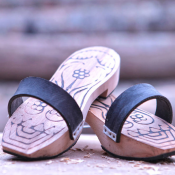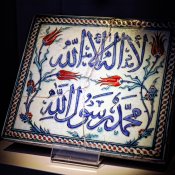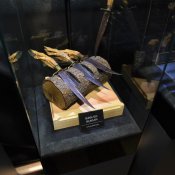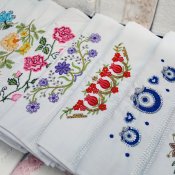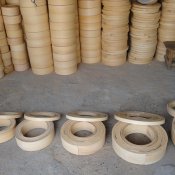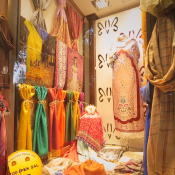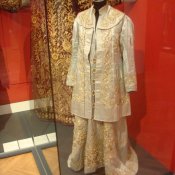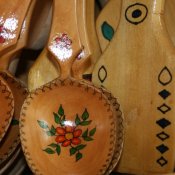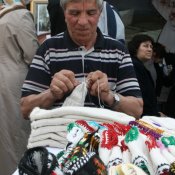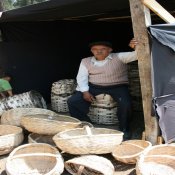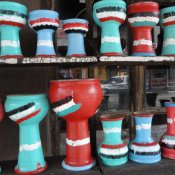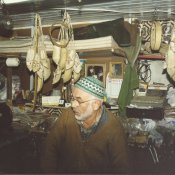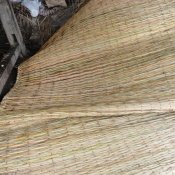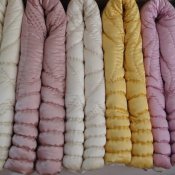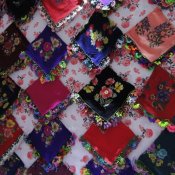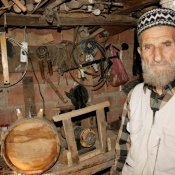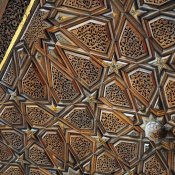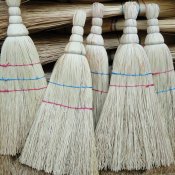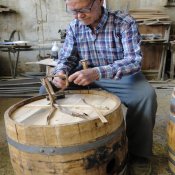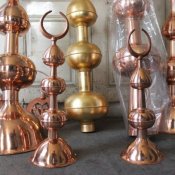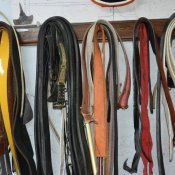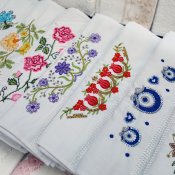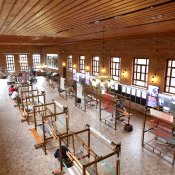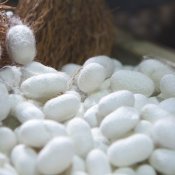Clog Making
Clog Making
The word "nalın" in Turkish, comes from the Arabic word "Na'leyn" meaning a pair of shoes. (Develioğlu, 1970: 961) Beech wood, which is known as water resistant, is generally used in the production of clogs used in bathhouses and mosques. Beech woods are kept for about six months to dry before being used. Clogs are not made by taking personal foot measurements like shoes worn on the feet. Four types of clog molds of 23, 25, 26, 27 cm are used, two of which are female and two are male foot molds. There is no difference in models or molds between men's and women's clogs, apart from the sizes, and there is no separate mold for the right and left feet. After the clogs are shaped, the metal mold with patterns on it is heated on the stove and the part of the clog to be worn is pressed. A thick rubber-shaped upper band is attached to the part where the pattern is embroidered with the burning process, in order for the clog to hold onto the foot. Apart from the daily used clogs, fancy and colorful clogs are also produced, in which bright bands are used in the dowry of young girls and in the bride bathing traditions. Today, clogs are produced in İnegöl district.



